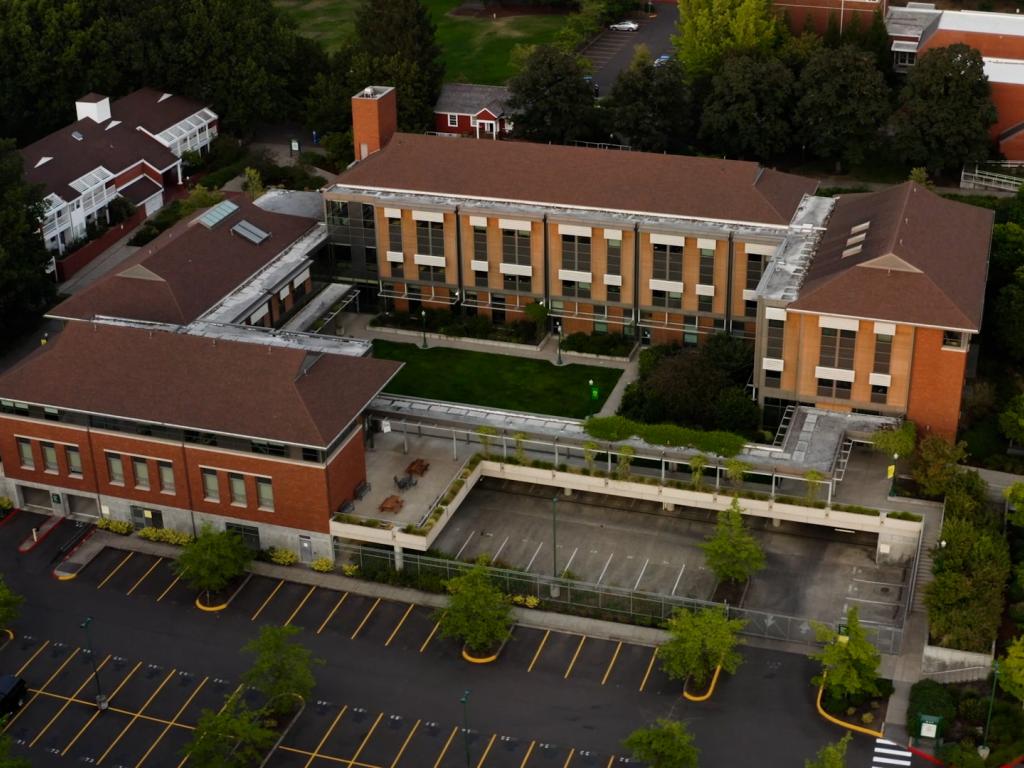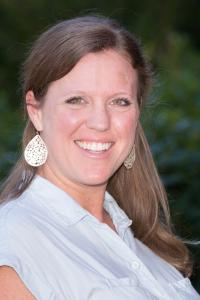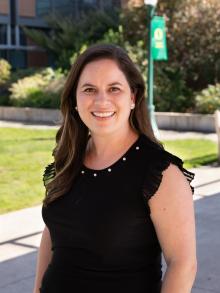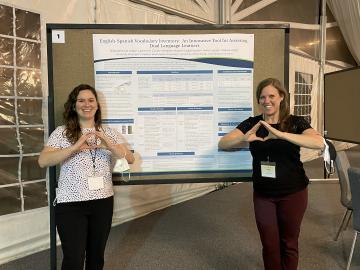
For 15 years, Lauren Cycyk has worked as a speech-language pathologist. Many of the families she has served were Latinx and Spanish-speaking, and some would tell her about the discrimination they experienced while seeking assessment and treatment for their children’s communication disorders. Cycyk searched for materials to better understand the problem but found little. So, she decided to help develop what she once needed.

Cycyk and Stephanie De Anda, both associate professors in the University of Oregon’s College of Education, are working in the Prevention Science Institute to both identify and mitigate the discrimination Latinx families often encounter when seeking speech-language pathology services.
“My body of work is attempting to provide tools so that when a Spanish speaker shows up with a challenge in language, they are treated with the same dignity and respect as those that speak English only,” De Anda said.
Many children, regardless of ethnicity, are diagnosed with early communication disorders that create challenges in how they express themselves or understand others. Latinx children, especially those in Spanish-speaking families, are often diagnosed with communication disorders when they don’t have them or not diagnosed when they do. Cycyk and collaborators at Oregon Health & Science University found that in Oregon, Latinx children ages 3 and younger in Spanish-speaking families, for example, are 20% more likely to be diagnosed with a communication disorder than white, monolingual children. And even when Latinx children are correctly diagnosed, the treatments aren’t always equitable.
“Our intervention approaches don’t reflect the diversity of our communities,” De Anda said.
There are serious impacts. Children with communication disorders are more likely to face academic and social challenges. When they grow up, they are more likely to face professional challenges and health problems. Quality diagnosis and treatment, especially when provided early on, can help prevent those outcomes. If children have high-quality services before they start school, 30% don’t even need special education services once in school.
First, Identify the Problem

Cycyk and De Anda are researching discrimination against Latinx families with children experiencing communication disorders at many levels. One of their studies, funded by an Office for the Vice President of Research and Innovation seed grant and published in a 2022 Journal of Communication Disorders article, focused on resources and challenges to serving children with communication disorders in Oregon.
“We know that it’s not a system that was created for all families, and we know that it hasn’t been operating well for all families, but we don’t have concrete information really as to why,” Cycyk said.
Through interviews with speech-language pathologists and early intervention development specialists, Cycyk’s team found that assessments often weren’t appropriate for Latinx children, many of whom are exposed to multiple languages. Providers also didn’t have enough training, they had challenges getting skilled interpreters, they felt stuck within restrictive state policies, and some held deficient views of Latinx families.
Many providers were doing their best despite these hurdles—finding trainings, using alternative assessments, and advocating in their agencies for Latinx families.
“There’s a lot of hope in what providers are doing every day in Oregon to provide good services, but there’s much more that needs to be done to support them,” Cycyk said.
Policies need to change. Cycyk is collaborating with the Oregon Department of Education, which oversees disability services for young children, to improve diagnostic processes, including revising the manual that providers use for assessments. Similarly, De Anda is serving on an state early learning transition advisory panel to improve policies around children’s entry into kindergarten.
Cycyk directly shares her findings with providers at conferences. She also shares them with students who aspire to become providers.
“The students are better prepared to face these challenges and to be strong advocates within the systems and leaders within the systems.”
Then, Develop a Solution
Meanwhile, De Anda and Cycyk are also developing better assessments for Spanish-English bilingual children. Another of one their studies, which was published in a 2023 American Journal of Speech-Language Pathology article, used the earliest sentences that children produce to assess the development of language delays.

De Anda recorded conversations between parents and 2- to 2.5-year-old children. She created an assessment for the development of language delays using early sentences from those conversations. It’s an important step in improving assessments for bilingual children.
“Evaluation is a huge challenge, and not having the right tools to evaluate is the center of this challenge,” Cycyk said.
There is a longstanding myth that learning multiple languages causes or worsens communication disorders. De Anda’s study adds to the evidence that is not true—the children did not confuse the two languages. The problem is not children learning two languages, it is providers assessing them without the right tools.
By identifying and mitigating the discrimination Latinx families often face in speech-language pathology, Cycyk and De Anda are helping everyone get the services they deserve. Because, as De Anda says, “Human communication is a right.”
